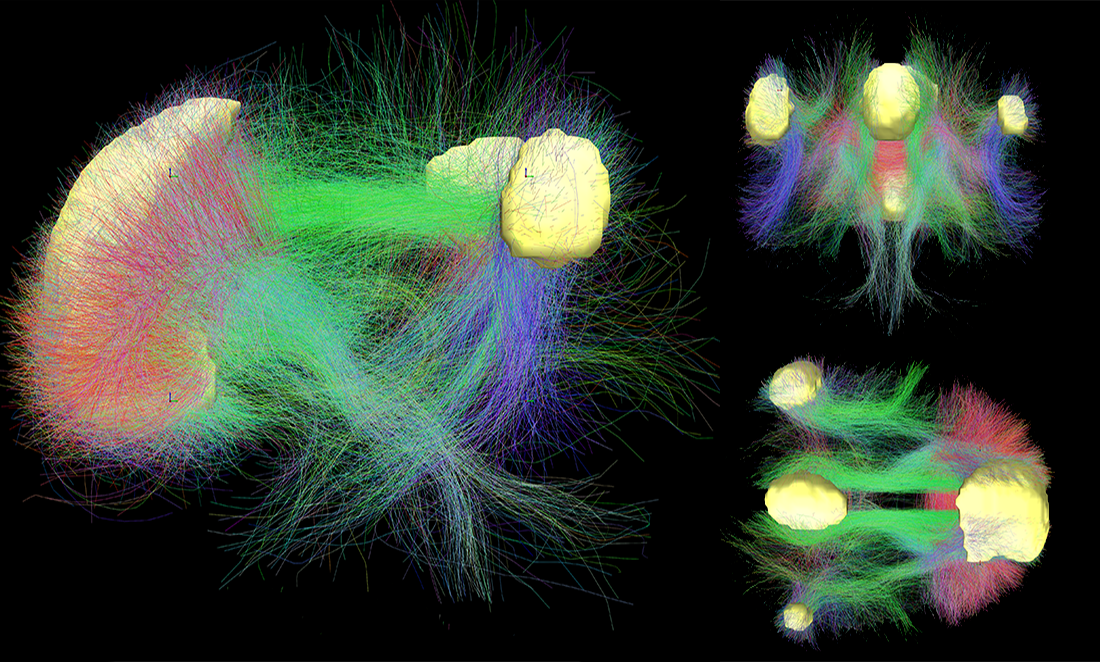“Look at this wonderfully colourful duvet cover,” says the barely audible dove-like voiceover in Ikea’s latest 25-minute video advert.
“It’s so soft and so comfortable. It even sounds comfortable.”
Apparently, comfort sounds like the gentle sshhhh-ing of bedding being rubbed, plumped and rustled.
It sounds like the patter of fingers drumming on a firm pillow.
It sounds like ASMR, and it feels euphoric.
We know you’re probably reading this on the train on your way to work, but trust us … you’ve gotta give it a go.
Maybe just pop some headphones on. Otherwise you might get some weird looks.
WEIRD SENSATION FEELS GOOD
It all started on an online health forum.
In 2007, SteadyHealth.com user okaywhatever51838 posted the thread “weird sensation feels good”.
They sought a diagnosis for the tingling sensation felt when watching a puppet show or being read to or when a friend drew on their hand.
“What is it?? I’m not complaining cause I love it, but I’m just wondering what it might be... help.”
And perhaps for the first time in the history of the internet, the health forum came up with the goods.
One by one, fellow ‘tingleheads’ popped out of the virtual woodwork, often articulating, “I thought I was the only one!”
Collectively, they described a soft tingling sensation that, in response to certain triggers, would spread from their brain down to the neck and arms, engulfing them in an extended, goose-bumpy, skin-tingly euphoric hug.
THE UNNAMED FEELING
It took a while for everyone to agree on a name for the feeling.
‘Attention-induced head orgasm’ was proposed in 2008, though many rejected the sexual connotations of the phrase.
‘Attention-induced observant euphoria’ was thrown in the mix, as were more colloquial terms such as ‘head tingle’, ‘brain massage’, ‘spine tingle’ and ‘brain orgasm’.
In 2010, a group formed on Facebook so people could share experiences and exchange triggers.
It was then that ‘autonomous sensory meridian response’ was coined.
So ASMR became Facebook official.
And the rest, as they say, is low-volume, spine-tingling history.
THE SCIENCE OF SHIVERS
Despite its clinical sounding name, there is almost no research-based understanding of how it works.
As neuroscientist Steven Novella explains, ASMR is similar to migraines in that the only proof they exist are the collective experience of many.
This proof manifests in the popularity of the ASMR genre on YouTube, with some ASMR videos receiving over 18 million views.
So if we accept that it occurs, the next question to be asked must be what happens in the brain when it tingles?
In 2013, an undergraduate psychology student at Dartmouth University tried to find out.
STUDENT OF THE SHIVERIES
Capitalising on his access to state-of-the-art fMRI, Bryson Lochte (an ASMR aficionado himself) tested the effects of ASMR videos on 18 participants.
To this day, the results of his dissertation remain locked away in the digital vaults of the Dartmouth College library.
He hopes to publish his results in a peer-reviewed journal. The online ASMR community holds its collective (hushed) breath.
ASMR ACADEMICS
Since then, a few peer-reviewed papers assessing ASMR have appeared out of academia.
Researchers have attempted to describe the specific sensations associated with ASMR, investigate the way whispers work on viewers through YouTube and examine the personality traits associated with ASMR.
Studies have tried to correlate it with other metasensory phenomenon such as synaesthesia.
One 2016 study asked whether there were any baseline differences between the brains of people that experienced ASMR and those that did not quake at the sound of hair being brushed.
Researchers in Canada looked at ‘default’ areas of the brain. Daydreaming, mind wandering—anything that occurs between tasks—sees these parts of the brain light up.

They found that ASMR brains had some sections that talked to each other more and other areas that talked to each other less.
It may be an interesting insight. However, the study only assessed 11 self-confessed ASMR watchers. The authors of the paper suggested their study best be used as a kickstarter for further investigations.
WHISPER AWAY THE WORRY
So it’s a weird whispery internet phenomenon. So people get tingly brains. So what?
No story of ASMR’s rise in popularity would be complete without accounts of listeners who have self-medicated with whisper-therapy.
Whispers have been reported to drown out anxiety, dull the hyper arousal of insomnia and even alleviate depression.
And perhaps that’s why Ikea chose to target their ASMR advert at college-going kids.
A 2017 study from headspace shows that 70% of Australian students rate their mental health as poor. 80% of students reported feeling anxious, 55% had trouble sleeping and over a third of students had contemplated self-harm or suicide.
These frightening statistics are echoed by a surge in antidepressant use in every age group around the world.
Clearly, 21st century life is making people anxious.
But if we could help with something as simple as a whisper, a microphone and a YouTube channel, surely that’s worth exploring?







